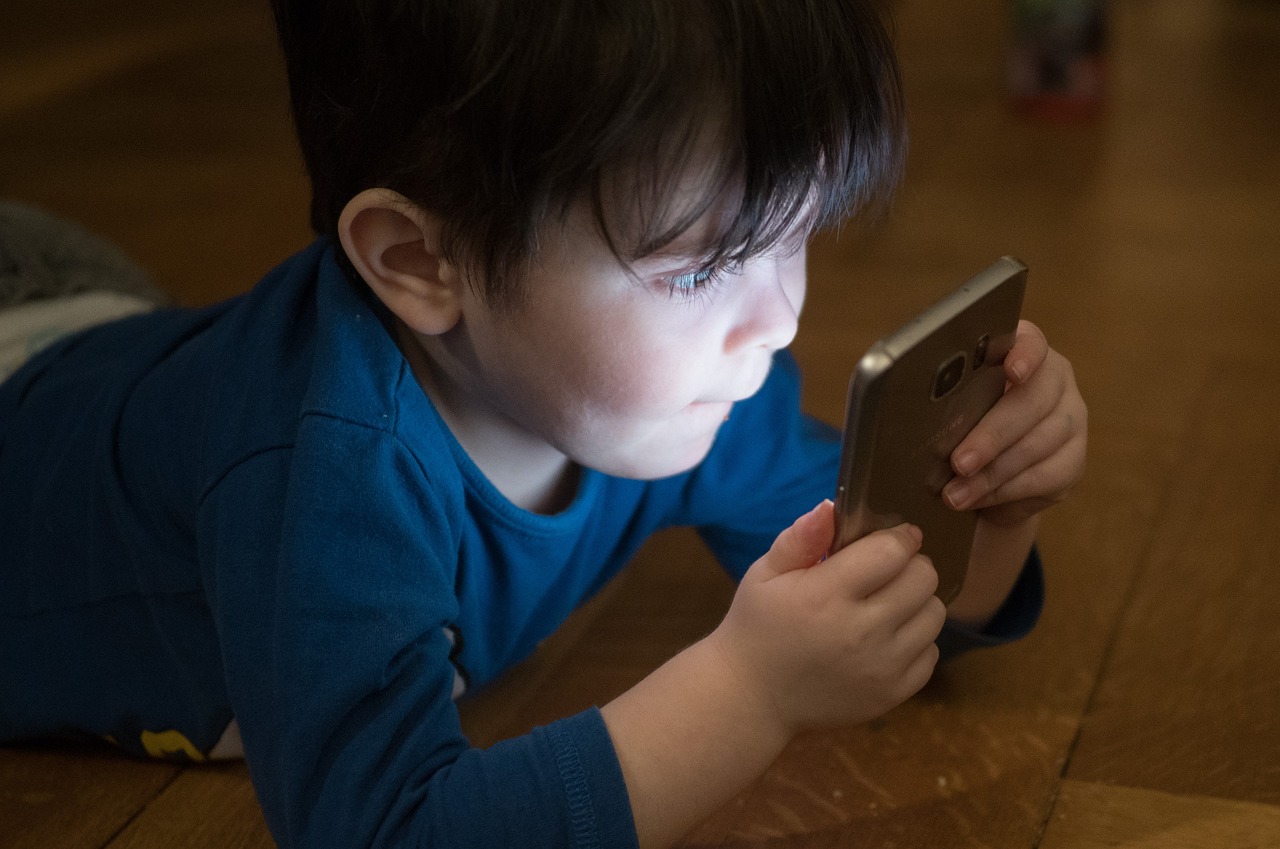In today's digital society, social media platforms like TikTok have become a ubiquitous presence in our daily lives. They provide an avenue for self-expression, entertainment, and connection with others. However, the rise of these platforms has also led to an increase in image exploitation issues. This essay aims to elucidate the need for education regarding image exploitation on TikTok and other social media.
The term "image exploitation" refers to the unauthorized use or manipulation of someone’s images without their consent. On social media platforms such as TikTok, this can manifest through re-posting somebody’s content without their permission or editing their photos to create memes — all of which can potentially lead to cyberbullying. It is imperative that we understand these realities to ensure safety and privacy online.
Firstly, understanding what constitutes image exploitation is crucial in combatting it. This involves recognizing when one's photos or videos are being used improperly by others for malicious intentions such as ridicule or harm. An important step towards this understanding would be introducing comprehensive digital literacy programs that educate individuals about privacy settings and how they can protect themselves online.
Additionally, acknowledging the psychological impact of image exploitation is equally important. Victims often experience feelings of violation and distress which could lead to severe mental health concerns such as depression or anxiety disorder. Thus, emphasizing empathy education alongside digital literacy would help users comprehend the emotional repercussions their actions may inflict upon others.
Moreover, engaging parents in this educational journey is vital too because most underage users tend not fully grasp the gravity of sharing personal content online - making them prime targets for exploiters. Parents should be equipped with knowledge on how various social media platforms function so they can better guide their children through the complexities of digital etiquette and safety precautions.
Furthermore, policy makers must take responsibility by imposing stricter regulations on social media companies regarding data protection measures and user rights enforcement. A collective effort involving governmental authorities, social media platforms, and the community is required to create a safer digital environment.
Lastly, it is crucial to foster an online culture that promotes respect for others' privacy. This can be achieved by encouraging users to ask for consent before sharing someone else's content and urging them to report any instances of image exploitation.
In conclusion, education on image exploitation on TikTok and other forms of social media is not just about understanding the mechanics of these platforms but also about fostering empathy and respect among digital citizens. By working together as a society, we can effectively mitigate the risks associated with image exploitation while still enjoying the benefits that social media offers.

